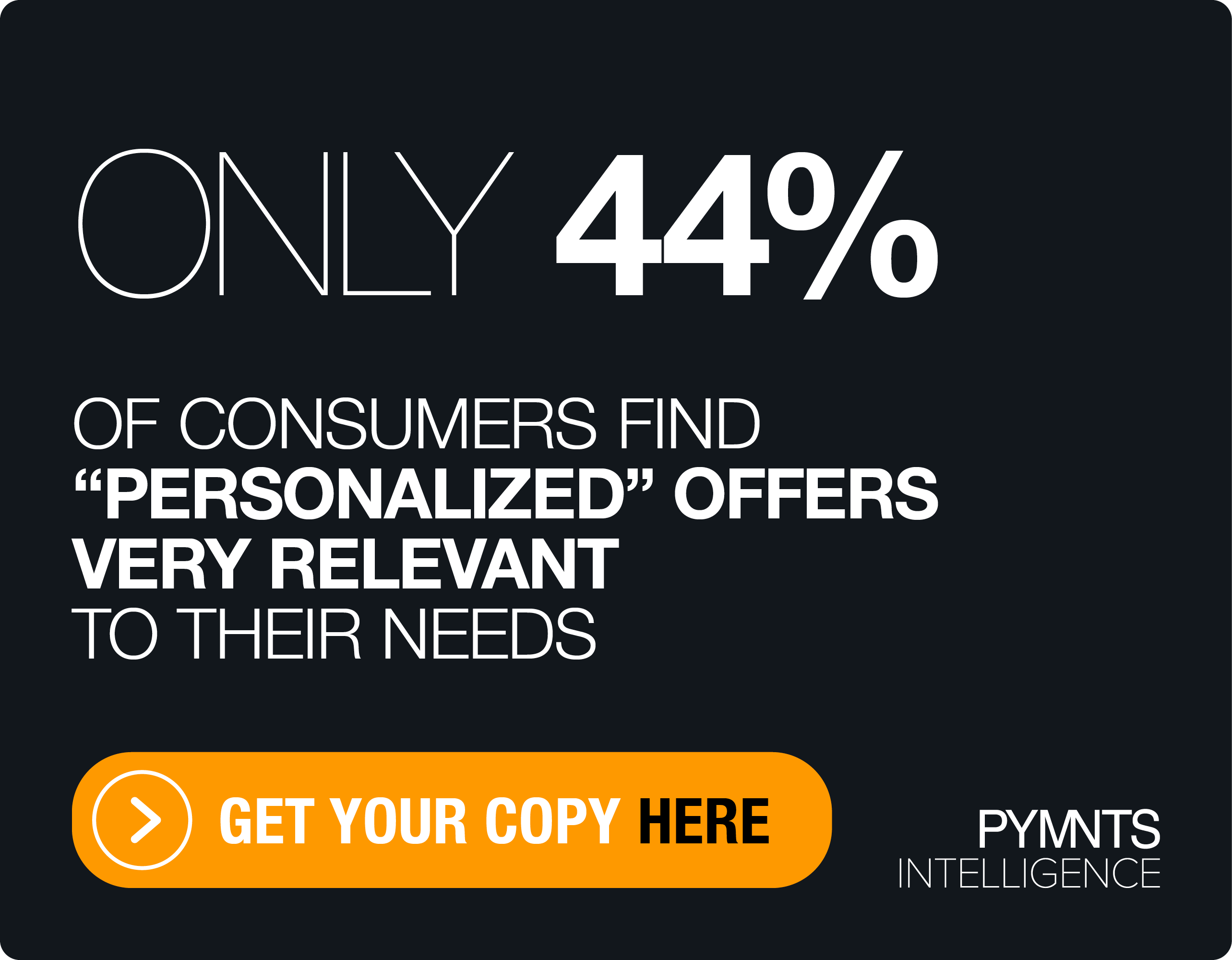Why Payments Orchestration Remains a ‘Hot Topic’ in Global Commerce
“Orchestration remains a hot topic in the payments world,” said Nathan Salisbury, managing director of Worldline Payment Orchestration.
As merchants continue to define and fine-tune their payments strategies, navigating the complexities of multiple provider relationships in each market becomes unwieldy.
Salisbury told PYMNTS in an interview that looking back at the evolution of eCommerce through the past two decades, there have been several notable phases. Stretching back through the years, card schemes and acquirers began supporting eCommerce-specific transactions; many of the major payment service providers (PSPs) became acquirers; and merchants selected several providers for their payments needs.
Historically, he said, eCommerce firms have “built out” their connections to payments providers individually and have managed fund flows, building software controlling the logic of those transactions.
“But what we’ve seen over the last few years is a real explosion of payment methods globally,” he told PYMNTS, which adds complexity as merchants try to offer the payment methods their end users want. As merchants have embraced eCommerce and omnichannel commerce, they have expanded their payments acceptance. Building one-to-one connections takes time and effort, and it costs money as every new market requires resources to maintain.
Moving Toward a Provider-Agnostic Model
To get there, it’s become increasingly advantageous for enterprises to work with provider-agnostic orchestration platforms. Payments orchestration, at a high level, uses a platform model to foster interconnectivity between a wide range of independent payment-related services. The platform itself offers a single point of contact through which merchants and aggregators connect to a wide — and ever-widening — range of independent payment-related services that can be scaled or changed on a market-by-market basis.
In doing so, these merchants can sidestep the technical complexities of establishing one-to-one relationships at each stage of the transaction flow to get payments where they need to go.
As Salisbury told PYMNTS, “merchants realize that if they want full control over their payment stack, they need to have an agnostic provider giving them the option to push transactions to different providers … in order to optimize costs, success rates and authorization rates of those transactions.”
There also exists the advantage of using payments orchestration to manage the logic of transactions “in a self-service mode,” he said. eCommerce firms can fine-tune their market-by-market strategies by promoting lower-cost payment options based on the average ticket size in a given location. A larger average ticket size might lead an enterprise to promote a fixed-fee product that saves the merchant from paying a percentage of that transaction to a card provider.
In boosting fraud defenses, he said payments orchestration can deploy tokenization and other options to protect all stakeholders in a transaction.
To illustrate the point, he said with Worldline’s own orchestration offerings, “we’ve seen a number of cases of very large merchants who want to test certain markets — whether in Africa or in the Middle East or in parts of South America — [and they] have been able to set up a new provider, go live and test it within the rule sets that they’ve created within our software within two or three days.”
That compressed go-to-market timeframe would have been impossible if those merchants had tried to build out their own connections to providers.
In the next year, Worldline plans to expand its presence in Africa and build out its connections to several digital wallets and providers in the Asia-Pacific region, Salisbury said.
“From an operational perspective, this becomes a much lighter lift,” he said. “What orchestration has done is allowed some of the biggest merchants to test markets where they previously wouldn’t have had the bandwidth to integrate … and the barriers to entry have been quite high.”
For the merchants themselves, embracing payments orchestration means that in-house tech teams need not be as heavily staffed, and companies can have better visibility into their transaction costs. Merchants can also set up “retry” functions to make sure legitimate transactions get through and boost revenues. All of this has a positive impact on operating income.
“By having a payment orchestrator,” Salisbury said of these forward-thinking merchants tapping into payments orchestration, “they can quickly add new markets without having to build that end connection.”
Learn more about Worldline Payment Orchestration.

